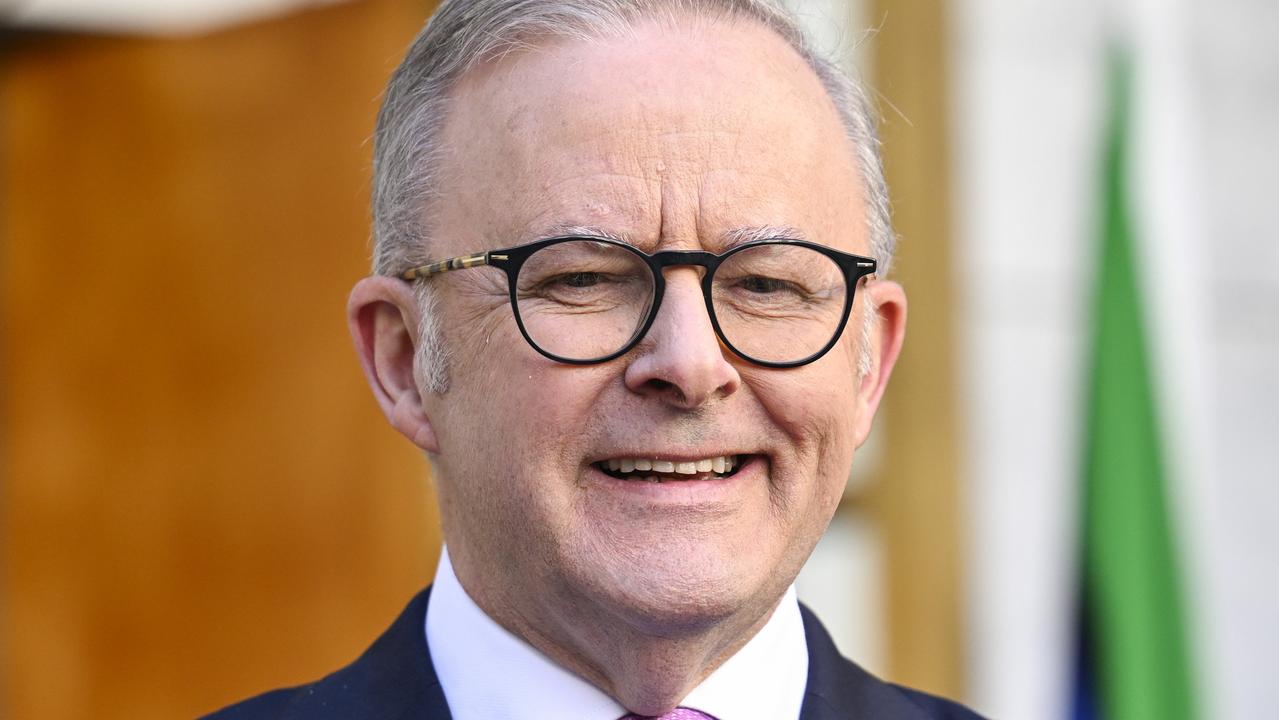Analysis: Premier Peter Malinauskas buries election promise to fix the ambulance ramping crisis | Paul Starick
The flagship election promise to “fix the ramping crisis” has been effectively buried in Labor’s new campaign, writes Paul Starick.
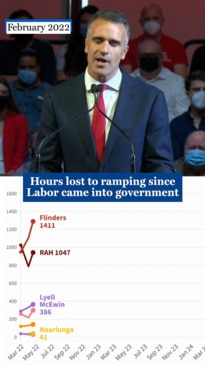
Opinion
Don't miss out on the headlines from Opinion. Followed categories will be added to My News.
Premier Peter Malinauskas has effectively buried his flagship election promise to “fix the ramping crisis” by unveiling a $1.9m campaign boasting that his government is “building a bigger health system”.
In a sleight of hand move worthy of Mandrake the Magician, the Labor government is trumpeting the results of pumping a massive $7.1bn in extra funding into the health system over its first three budgets.
Not once, though, is the word ramping mentioned on the glossy biggerhealthsystem.sa.gov.au website that crows about “increasing capacity with more hospital beds, facilities and alternative care options, building new and upgrading existing ambulance stations, and recruiting more health care workers”.
This is, of course, a far cry from the 2022 state election campaign, when posters of Mr Malinauskas vowing to “fix the ramping crisis” were plastered almost everywhere.
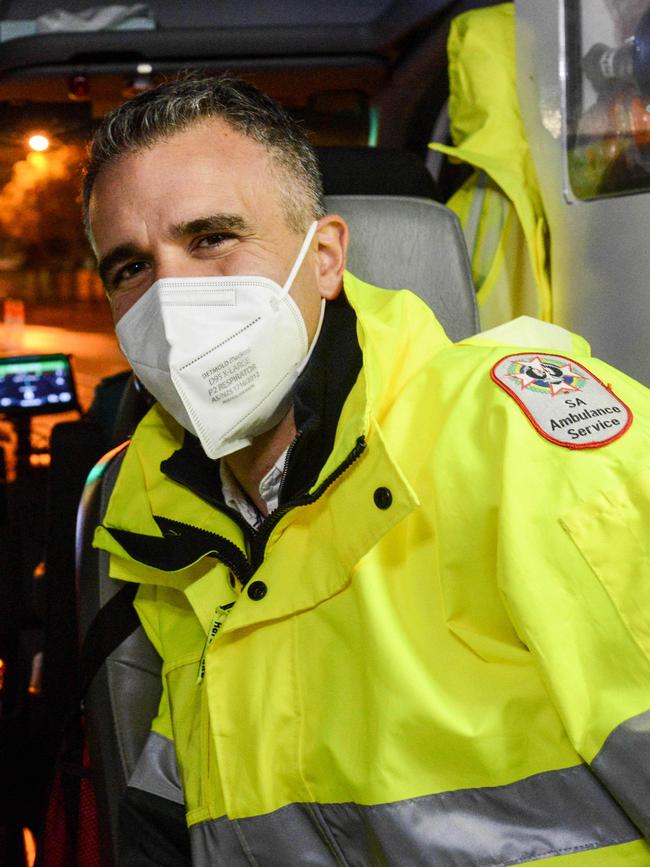
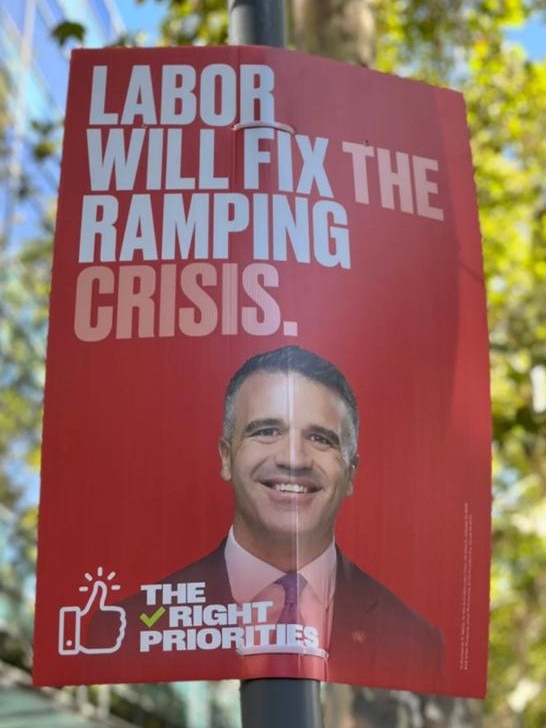
The timing of this rhetorical shift is significant. Ambulance ramping is at record highs, despite a slight dip in August, and the government has failed to shift the dial despite spending billions.
The countdown to the next election on March 21, 2026, is about to start. Traditionally, an interminably long unofficial campaign starts a year out from polling day – this means in six months time.
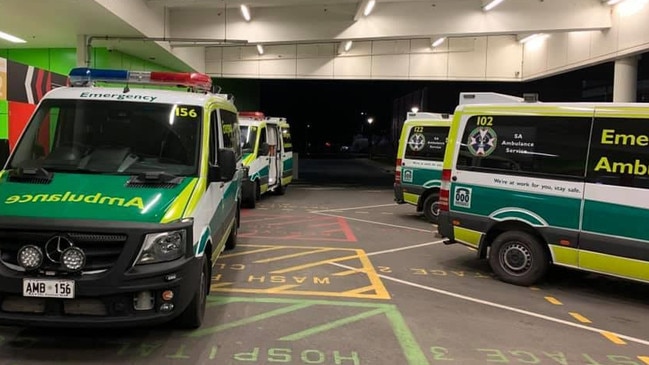
Both major parties will want to fire off big policy announcements to mark this anniversary. A year out from the 2022 poll, Mr Malinauskas unveiled a $593m hydrogen-fired power station as his first major election policy release.
This followed the-then Premier Steven Marshall outlining plans for a $662m multipurpose indoor arena for sport, entertainment and conventions to be built between Adelaide’s railyards and the River Torrens.
This was successfully pilloried by Labor as a “basketball stadium”. Mr Malinauskas subsequently declared the $662m would, instead, be spent on the health system.
When considering the rhetorical shift from the centrepiece election vow to “fix the ramping crisis” to “building a bigger health system”, it’s important to remember the political mood in early 2022.
Covid-19 was swamping the state for the first time during the pandemic. Voters were frustrated by lining up for hours at testing sites and ongoing restrictions. Yet people also were alarmed that an ambulance might not turn up in time if they had their own Covid-19 emergency.
Malinauskas-led Labor skilfully exploited this mood, aligning themselves with the ambulance union and championing its cause in an ongoing pay dispute.
Mr Malinauskas mentioned the word ramping nine times during his keynote speech at Labor’s formal election campaign launch on February 20, 2022.
“An election only focused on the health blame game is going to get us nowhere. So today, I start announcing new plans for the most urgent need of all. Today, I start announcing our plan to fix the ramping crisis,” he said.
Two-and-a-half years later, that plan has, thus far, failed spectacularly. The latest figures show August recorded the second-worst ramping figure on record, after a slight dip from July’s horror figure. Ambulances with patients spent 5284 hours ramped in August, down 255 hours from July’s 5539 hours.
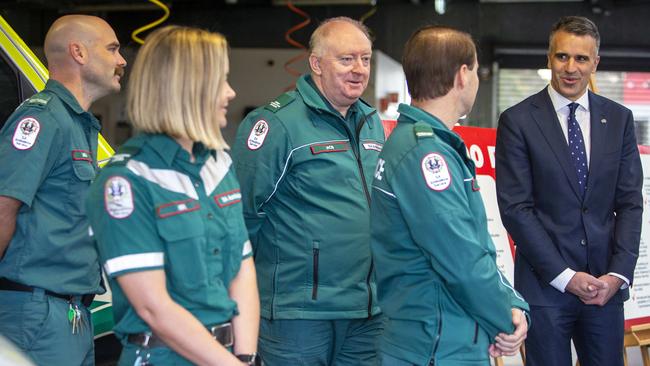
During 2023, Labor shifted rhetoric to boast about ambulance response times reducing. But the measures have worsened in recent months for priority one (attend within eight minutes) and priority two (attend within 16 minutes). Latest figures show just 70 per cent of priority one responses met the target time – still above the KPI of 60 per cent but on a clear downward trend.
As a result, Labor no longer talks about response times when releasing ramping figures but, instead, highlights new hospital beds or the like.
The new measure, therefore, is simply “building a bigger health system”. But is bigger necessarily better? Will the “ramping crisis” ever be fixed?
Who knows? Whatever the case, at least we now have a much bigger health system.
More Coverage
Read related topics:Peter Malinauskas




